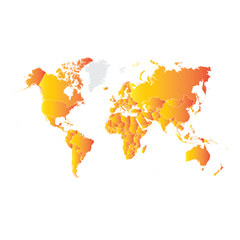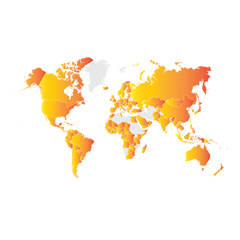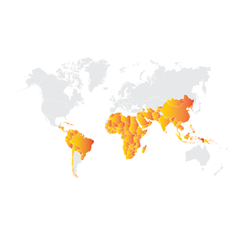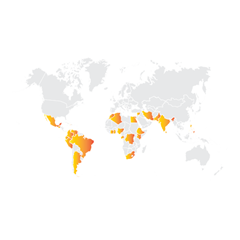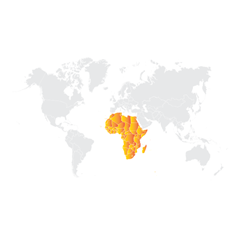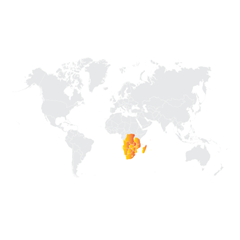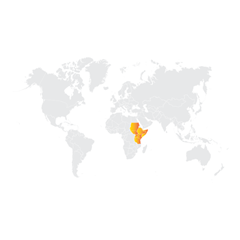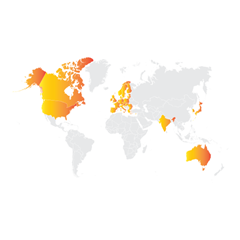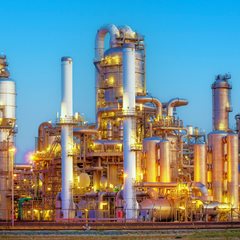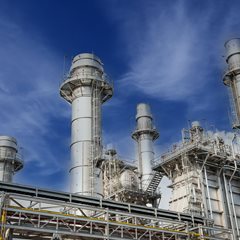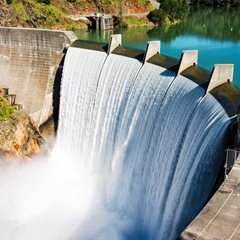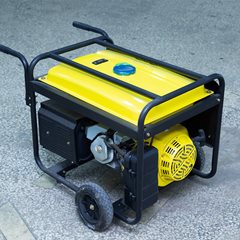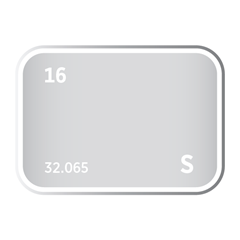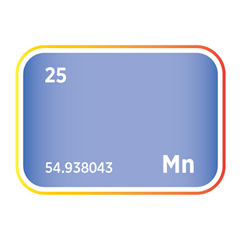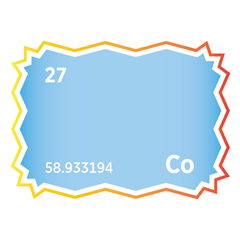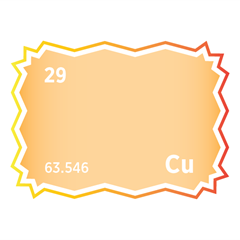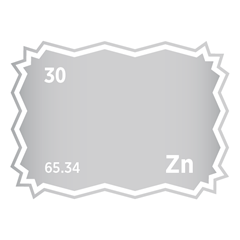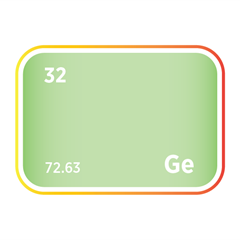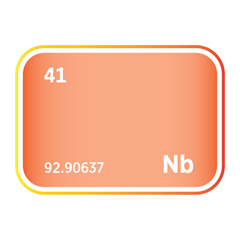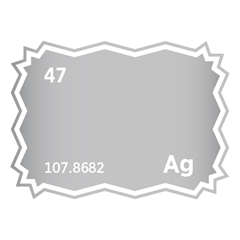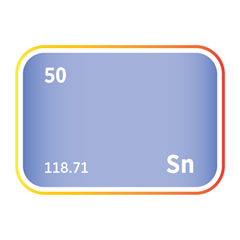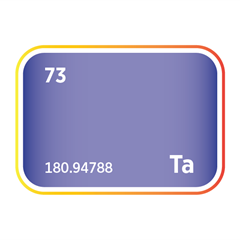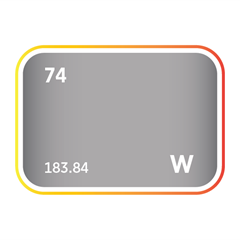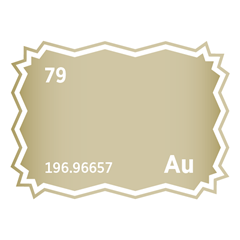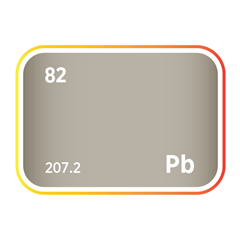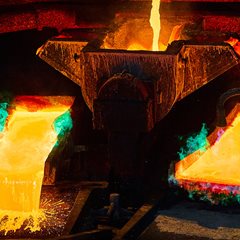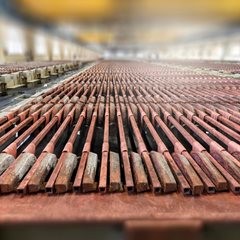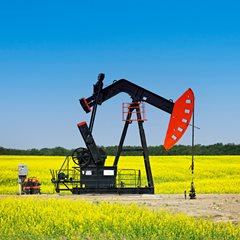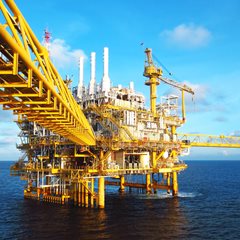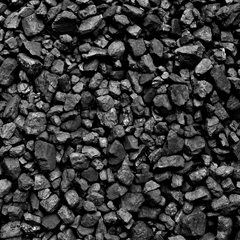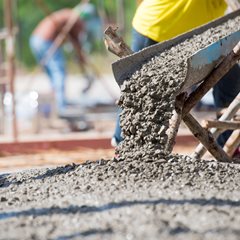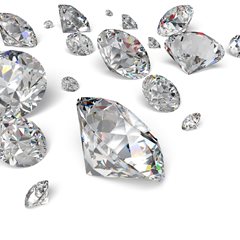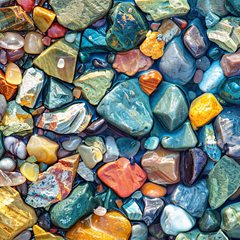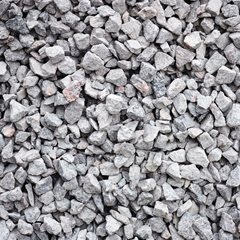DRC
Critical minerals policy and legislation strategy
The Energy Transition in the DRC
The Democratic Republic of the Congo (DRC) is at the heart of Africa's energy transition, with its vast reserves of critical minerals playing a crucial role in the global shift to clean energy. While the country remains heavily dependent on petroleum and natural gas for its energy needs, it is increasingly turning towards renewable sources, including hydropower, to diversify its energy mix. As one of the world's largest producers of cobalt and copper, the DRC is positioned as a key supplier of raw materials essential for electric vehicles, batteries, and other renewable energy technologies. The country’s energy strategy is focused on balancing the need for economic development with environmental sustainability, ensuring that its critical mineral resources are extracted responsibly and integrated into global supply chains. The DRC's role in the energy transition is further emphasized by its commitment to ESG (Environmental, Social, and Governance) reforms, aiming to drive sustainable industrial growth and secure its place as a leading player in the global clean energy economy. The DRC is one of the world's most mineral-rich countries, particularly in the production of cobalt, copper, and other critical minerals such as manganese, zinc, and germanium. These minerals are essential for the production of renewable energy technologies, including batteries for electric vehicles, energy storage systems, and solar panels. As global demand for these materials continues to rise, the DRC’s strategic position in the critical minerals supply chain is becoming increasingly important. The country is also a significant player in the production of gold, tin, tungsten, and other essential minerals. In addition to raw extraction, the DRC is enhancing its capabilities in mineral processing, including copper smelting and refining, to increase its value-added exports.
Latest news and insights
Stay ahead in the energy transition with SFA (Oxford)’s cutting-edge insights into how cobalt, copper, ESG imperatives, and global demand are shaping the DRC’s pivotal role in critical mineral supply chains and sustainable industrial growth.

Critical minerals could make the next outage permanent
18 November 2025 | Jamie Underwood, Ismet Soyocak
Cloudflare’s outage disrupted 20% of global web traffic, spotlighting the internet’s vulnerability to centralised systems, and the critical minerals powering them.
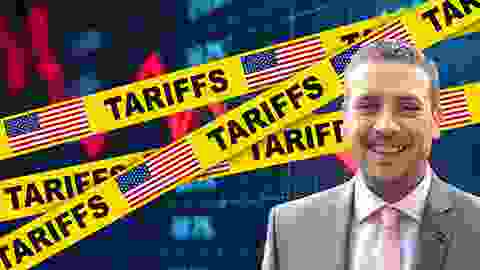
Declaring a US Trade Emergency
3 April 2025 | Jamie Underwood
The US declared a trade emergency, imposing sweeping tariffs, rare exemptions, and bold legal moves. What triggered it, and what will happen next?
Annex-I: Adjusted US Reciprocal Tariffs Country List
2 April 2025 | White House
DRC's international economic, trade, and security alliances
Harnessing the DRC’s resources beyond a legacy of exploitation
The DRC holds a key position in the global energy transition and critical mineral supply chains. Endowed with extraordinary renewable energy resources and some of the world’s richest deposits of strategic minerals, the DRC has the potential to emerge as a central partner in advancing climate solutions. Yet this potential is constrained by a legacy of historical exploitation, fragile infrastructure, persistent conflict, and systemic underdevelopment, factors that must be addressed decisively to unlock the country’s strategic value.
Realising this opportunity will require far more than resource abundance. The path towards sustainable energy development and effective mineral governance demands strengthened institutions, enhanced transparency, conflict resolution, and the mobilisation of substantial investment to modernise and expand infrastructure. Achieving a balance between meeting domestic development needs and responding to surging global demand for clean energy technologies will be critical if the DRC’s resource wealth is to translate into broad-based economic growth, social stability, and meaningful contributions to international climate objectives.
Fragile Foundations and the Battle for Resource Control
The DRC’s complex relationship with its natural resources is rooted in its colonial history, where patterns of extraction overwhelmingly benefited external powers at the expense of the Congolese people. Hydropower development along the Congo River, initiated under Belgian rule, typified an approach prioritising industrial output over local electrification. This legacy continued after independence, with flagship projects such as the Inga I and II dams failing to deliver on their ambitious promises due to chronic mismanagement, conflict, and neglect. Likewise, the Inga-Kolwezi transmission line, intended to power copper mining operations rather than local communities, became a symbol of debt-driven infrastructure, plagued by soaring costs, inefficiency, and underperformance.
Despite these challenges, the DRC remains one of the most resource-rich nations globally, particularly in renewable energy. Hydropower dominates the sector, accounting for virtually 100% of national power generation, with an estimated hydro potential of over 100,000 MW, 44,000 MW of which is located at the Inga site alone. The country also boasts significant solar and wind potential, with estimated solar capacity at 70 GW and wind at 15 GW. However, energy access remains critically low: only 19% of the population has access to electricity, with rural electrification at a mere 1%. This limited access impairs livelihoods, health outcomes, and educational opportunities, underlining the need for major infrastructure investment to achieve the government's targets of 32% electrification by 2030.
Governance challenges within the power sector remain acute. The state utility SNEL has struggled with financial viability and infrastructure expansion, while the government’s fiscal constraints limit its ability to fund the necessary investments. Liberalisation of the electricity sector in 2014 opened the door for private sector involvement, including the deployment of decentralised solar mini-grids, which could prove vital in addressing rural energy poverty. However, the sector still faces logistical obstacles, including the country’s woefully inadequate transport infrastructure.
Resource Power: Cobalt, Copper, and the DRC’s Strategic Leverage
The DRC’s mineral wealth is globally significant. It is the largest producer of cobalt and the third-largest producer of copper, critical for electric vehicles and renewable energy technologies. The country also holds substantial coltan, tin, tungsten, and tantalum reserves, all essential for modern electronics and clean energy systems. High-grade copper deposits, with ore grades surpassing 2.5%, underline the strategic importance of the DRC in global supply chains. In 2024, the DRC attracted the highest mineral exploration investment in Africa, with $130.7 million committed, while the mining sector accounted for 46% of national GDP in 2019.
Mining sector governance has seen reforms, most notably the 2018 revision of the mining code, which introduced higher royalties, reduced the stability clause, and mandated Congolese ownership stakes and subcontracting. While these measures reflect growing resource nationalism, enforcement remains inconsistent, hindered by high levels of corruption. Recent regulatory actions in 2025, including a temporary cobalt export suspension and tighter traceability measures, aim to curb illegal artisanal production and enhance supply chain transparency. However, these moves may also generate short-term market volatility.
On the policy front, the DRC has aligned its energy strategies with its climate commitments under the Paris Agreement. Its Nationally Determined Contributions (NDCs) target a conditional 21% reduction in greenhouse gas emissions by 2030, supported by plans to expand renewable energy deployment. The estimated cost of achieving these mitigation and adaptation goals exceeds $48 billion, underscoring the need for sustained international financial assistance.

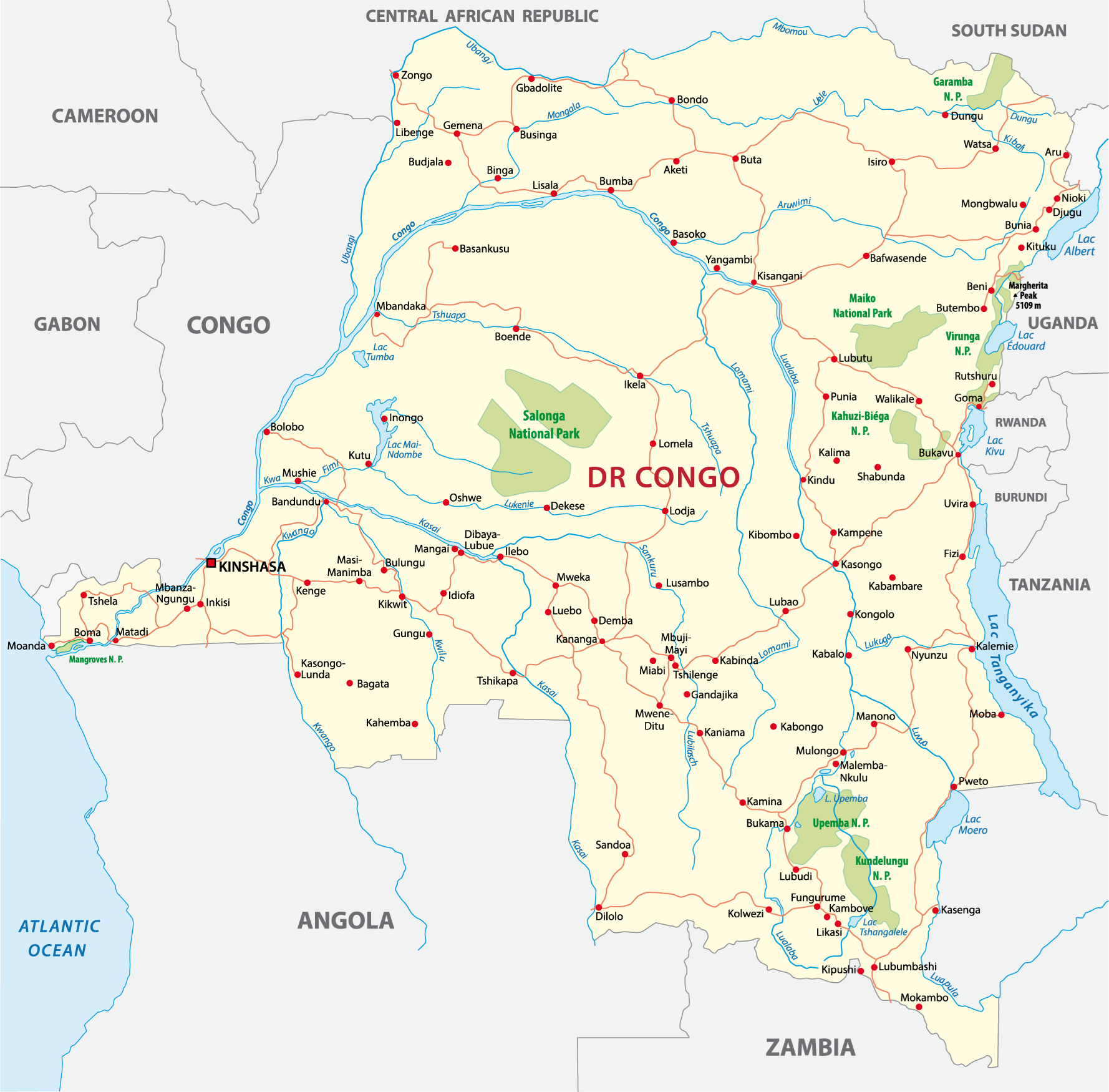
Source: SFA (Oxford)
Rivalries, Conflict, and the Future of the DRC’s Resources
The DRC has become a key arena in the geopolitical contest between the United States and China, driven by competition over access to critical minerals essential for clean energy technologies. China has secured significant control over major mining assets through state-backed financing and infrastructure-for-resources agreements. At the same time, the United States has historically underinvested in commercial diplomacy and economic engagement.
In response, the DRC has increasingly sought to leverage its strategic mineral position to attract greater US involvement as a counterweight to Chinese influence. Kinshasa has linked mineral access to broader peace and security objectives, aiming to draw Washington into a more active role in addressing instability in the conflict-affected eastern regions. This includes calls for US political and economic support to help confront the violence perpetrated by the M23 rebel group, widely believed to receive backing from Rwanda.
Although the United States has condemned Rwanda’s involvement, supported regional peace efforts, and imposed targeted sanctions on key actors, these measures have so far failed to curb external support for the rebels or foster meaningful negotiations between the Congolese government and insurgent forces. Ongoing instability continues undermining governance, deterring investment, and entrenching the connections between conflict, resource extraction, and regional insecurity.
The mineral-fuelled conflict has also attracted international scrutiny. In early 2025, the European Parliament suspended cooperation with Rwanda over its role in smuggling tin, tungsten, and tantalum (3T) minerals from conflict zones in the DRC—a decision underscoring the close link between mineral exploitation, conflict financing, and political instability in the Great Lakes region. According to a UN expert group, Rwanda has been mixing its own minerals with those extracted from M23-controlled territories around Rubaya, exacerbating violence in North and South Kivu provinces.
These dynamics not only sustain violence and human suffering but also frustrate efforts to establish transparent, sustainable governance over the DRC’s resource wealth. The situation highlights the urgent need for more decisive international action to break the cycle between conflict and resource exploitation.
Yet alongside these challenges, there are encouraging signs of international cooperation to support the DRC’s energy transition and responsible mineral development. In December 2024, the African Export-Import Bank (Afreximbank) signed a financing agreement for a 200 MW reservoir-based hydropower project along the Lufira River. This initiative is designed to supply clean, reliable, and affordable power to mining operations, supporting in-country beneficiation of critical minerals and reducing dependence on raw exports. Once operational, the project is expected to cut greenhouse gas emissions by approximately 108,000 metric tonnes of CO₂-equivalent annually, helping the DRC advance its climate targets.
The World Bank has identified the DRC as a potential "climate solutions country," capable of playing a pivotal role in global climate action while generating revenues to strengthen its climate resilience and support sustainable, low-carbon growth. However, unlocking this potential will require more than investment alone. Success depends on building robust institutions, addressing conflict and fragility, and securing sustained financial and technical support.
The Grand Inga Dam project is at the centre of the DRC’s energy ambitions—one of the most ambitious hydropower developments globally. With a planned capacity of 44,000 MW, Grand Inga would be the world’s largest hydropower installation, potentially supplying electricity across much of the African continent. Yet the scale of the project mirrors the scale of its challenges. Grand Inga has struggled to attract financing with an estimated $80 billion price tag and faces persistent questions over feasibility, governance, and delivery.
The current plan involves constructing six new hydropower stations in western DRC, adding to the two already operational. In 2018, the government revised the Inga 3 concept, expanding its planned capacity from 4,800 MW to 11,000 MW, with an estimated investment of $18 billion, including $4 billion for transmission infrastructure. South Africa has expressed interest in 5,000 MW of this capacity, Nigeria 3,000 MW, and DRC mining companies 1,300 MW, with the remainder allocated to the national utility.
However, the project has drawn criticism for prioritising exports and industrial supply—particularly to mining companies—over expanding domestic electrification. Two core challenges remain: the technical and financial complexity of constructing the cross-border transmission system and the scale of investment required in a country still grappling with significant governance risks. Previous cost overruns and failed rehabilitation efforts raise serious doubts about whether Grand Inga can be delivered on time, on budget, and in a way that benefits the broader Congolese population.
Against this backdrop, diversifying the DRC’s energy mix beyond large-scale hydropower is increasingly recognised as essential. Decentralised renewable solutions, including solar mini grids, offer a more flexible, scalable, and immediate pathway for expanding electricity access, particularly in remote and underserved rural areas unlikely to be reached by central grid infrastructure. Private sector initiatives, such as those led by Nuru in eastern DRC, are already demonstrating these alternative models' viability and social impact.
Beyond the energy sector, governance challenges also extend into mining, where artisanal and small-scale mining (ASM) accounts for a significant share of production, particularly cobalt, where up to 20% of exports originate from ASM sites. These operations are frequently associated with unsafe conditions, child labour, and widespread human rights abuses. Despite regulatory efforts to formalise ASM and separate artisanal from industrial supply chains, enforcement remains inconsistent, and global buyers—especially in the EV and battery sectors—face mounting pressure to improve traceability and ensure ethical sourcing.
Formalising ASM, improving working conditions, and facilitating access to safer markets could help address these risks while supporting livelihoods for thousands of Congolese miners. Effective regulation and international supply chain due diligence will be critical to closing the gap between market demand and ethical sourcing requirements.
At the same time, the DRC’s ambition to become a climate leader and critical minerals hub must confront the environmental costs associated with large-scale mining and hydropower development. Projects like Grand Inga threaten biodiversity, disrupt ecosystems, and risk displacing communities, while mining operations drive deforestation, soil degradation, and water contamination. Without robust environmental and social safeguards, there is a serious risk of repeating the harmful patterns of past exploitation.
However, to realise a sustainable development pathway, the DRC must balance economic growth with ecological preservation, embedding social protections, environmental standards, and transparent governance into the heart of its resource strategy to transform its natural wealth into lasting prosperity.
DRC's energy and power mix
Join us at SFA (Oxford)'s Critical Minerals events
Join us in person or online from the DRC for SFA (Oxford)’s latest Critical Minerals events, focused on the key materials driving the energy transition and low-carbon technologies. Connect with global leaders, government, investors, miners, end users, and key players across the supply chain and recycling sector, and stay ahead of the trends shaping the battery metals and PGM markets. Register today to secure your place.



Derived and processed Critical Minerals products and recycling in the DRC
Energy Raw Materials and products produced in the DRC
Essential minerals production and products in the DRC
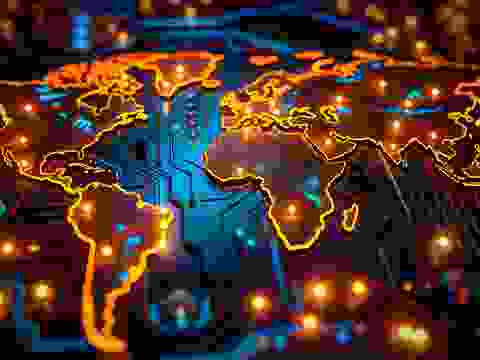
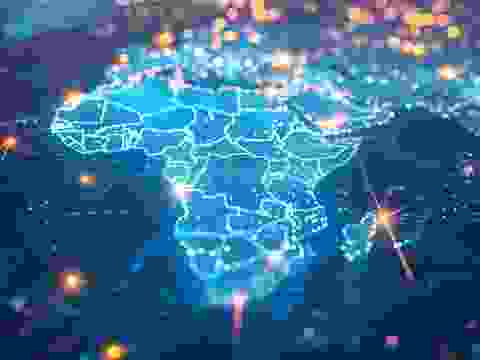
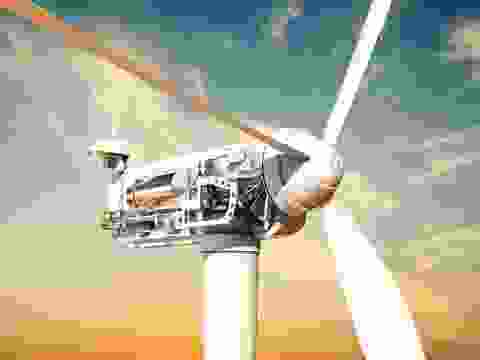
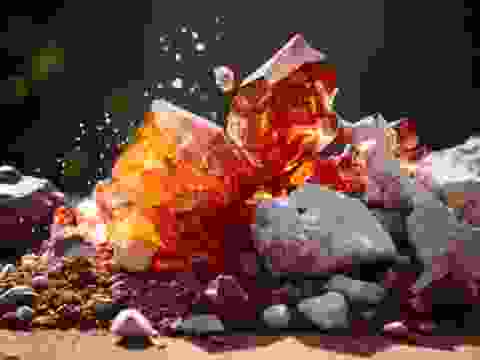
Meet the Critical Minerals team
Trusted advice from a dedicated team of experts.

Henk de Hoop
Chief Executive Officer

Beresford Clarke
Managing Director: Technical & Research

Jamie Underwood
Principal Consultant

Dr Jenny Watts
Critical Minerals Technologies Expert

Ismet Soyocak
ESG & Critical Minerals Lead

Thomas Shann Mills
Senior Machine Learning Engineer

Rj Coetzee
Senior Market Analyst: Battery Materials and Technologies

Franklin Avery
Commodity Analyst
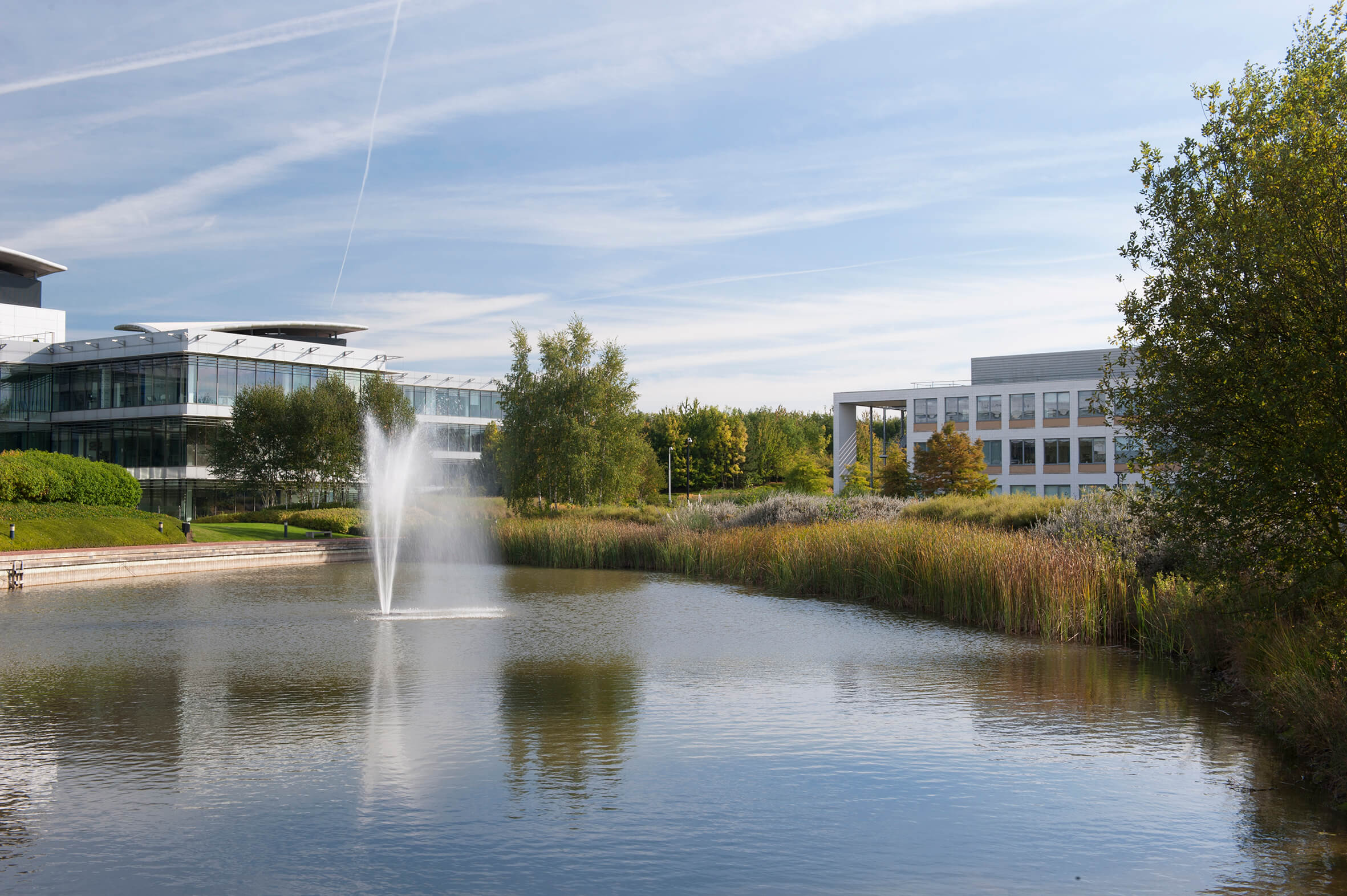
How can we help you?
SFA (Oxford) provides bespoke, independent intelligence on the strategic metal markets, specifically tailored to your needs. To find out more about what we can offer you, please contact us.
